The effects of AnaGain™

A natural and unique combination of vitamin-enriched microproteins, apigenin found in many plants, and oleanolic acid from olive tree leaves.
The Study
In a clinical in vivo study conducted by the company "Sederma," men and women experiencing hair loss tested the effects of Procapil™ for 4 months. The men applied a treatment containing the active ingredient to their hair twice daily, while the women applied it at least every other day, also twice daily. Hair samples were taken from the participants, and they also assessed their own hair condition. The same examinations and surveys were conducted with a placebo group that used a treatment without Procapil.
Procapil™ Study Results
Self-assessment:
After 4 months, participants made the following remarks:
90%: Procapil™ promotes hair growth
80%: Procapil™ supports hair growth
68%: Procapil™ encourages hair growth
Examination of Hair Samples
After 4 months, the following observations were made regarding the hair
More hairs are in the growth phase
The aging of hair follicles was delayed
Healthy and thick structure of hair cells
Hair roots were more firmly anchored
Comparative Study with Minoxidil
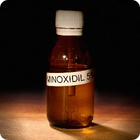
Minoxidil is one of the most proven treatments for hair loss and improved hair growth. For a direct comparison of Procapil™ with Minoxidil, incubated hair follicles were treated with either Procapil™ or Minoxidil at a concentration of 2 ppm for two weeks and then examined. Incubated hair follicles without the addition of an active ingredient were used as a control group.
Study Results
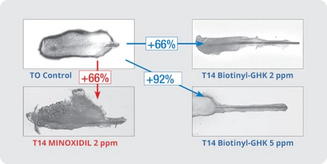
It turned out that Procapil™ is just as effective as Minoxidil, even at the same concentration. At a higher concentration of 4 ppm, the effect of Procapil™ is further enhanced. The images show a comparison between the control group (top left), the hair follicle treated with Minoxidil (red), and the hair follicle treated with Procapil™ (blue) at two different concentrations.
The effects of AnaGain™

A natural and unique combination of vitamin-enriched microproteins, apigenin found in many plants, and oleanolic acid from olive tree leaves.
The Study
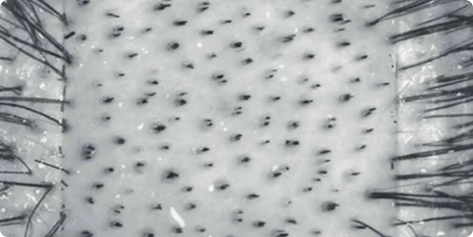
It was found that Procapil™ is just as effective as Minoxidil, even at the same concentration. At a higher concentration of 4 ppm, the effect of Procapil™ is further enhanced. The images show the comparison between the control group (top left), the hair follicle treated with Minoxidil (red), and the hair follicle treated with Procapil™ (blue) at two different concentrations.
AnaGain™ Study Results
Examination of Hair Bulbs The following was observed after 2 weeks
Release of the “Noggin” protein increased by 85%.
Release of the growth factor “FGF-7” increased by 56%.
Enhanced stimulation of the growth phase.
New growth can begin more quickly
Shortened resting phase of the hair.
Observation of the crown area
Reduction of hair loss – Stimulation of hair growth
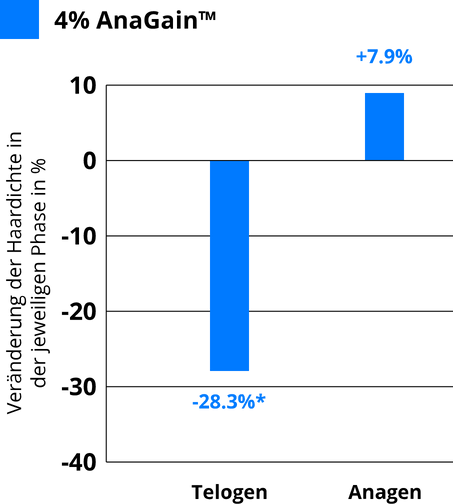
After 3 months, the following was observed in the hair:
28% fewer hairs in the resting phase
10% more hairs in the growth phase.
Stimulation of the Hair Growth Coefficient

Good to know
The A/T ratio represents the balance between anagen hairs (growth phase) and telogen hairs (resting/shedding phase). If this factor is above 5, hair loss is considered normal. Among study participants with mild to moderate hair loss, AnaGain™ improved this ratio from 4 to 7.2.
Self-assessment
After 3 months, participants made the following observations
85%: mild to significant hair regrowth
95%: mild to significant slowing of hair loss
95%: mild to significant improvement in hair appearance
85%: mild to significant regrowth of hair
70%: stronger, more resilient hair
The Effects of AnaGain™
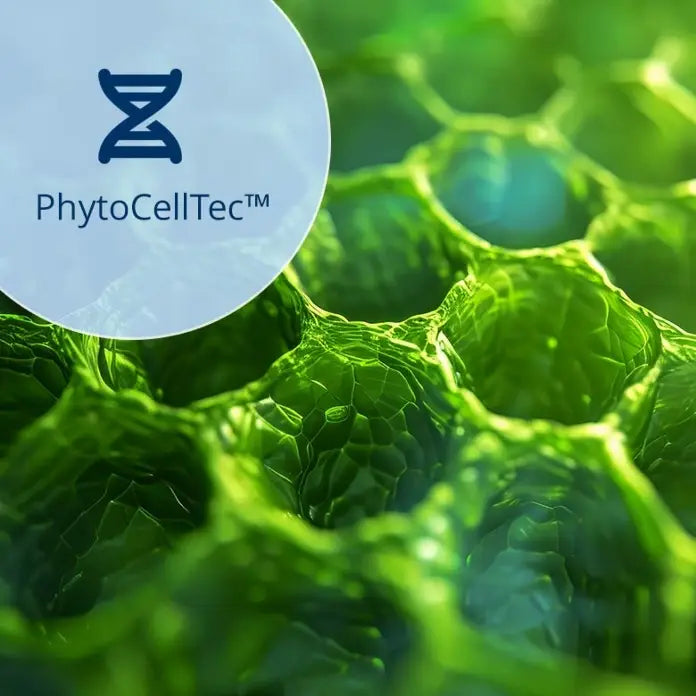
A natural and unique combination of vitamin-enriched microproteins, apigenin found in many plants, and oleanolic acid derived from olive tree leaves.
PhytoCellTec - Pflanzliche Stammzellen
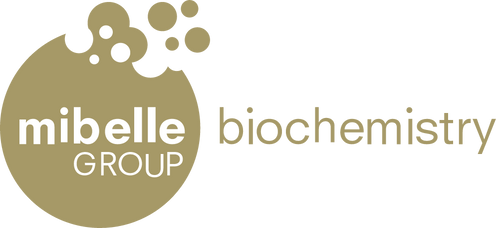
The Mibelle Biochemistry Group from Switzerland conducted a clinical study in which isolated human hair follicles were enriched with 0.2% plant stem cells and observed over 20 days. For comparison, isolated human hair follicles without the extract were monitored for the same period. Only hair follicles in the growth phase were selected for the study. At that time, it was already known that isolated hair follicles in this phase expand until the 14th day. After that, they typically undergo cell death due to the lack of blood circulation, as they cannot be sustained for extended periods.
Length of the hair follicle
Control
0.2% Malus Domestica Stem Cell Extract

Study Results
As expected, the hair follicles without the addition of the stem cell extract began to shrink after day 14. However, the hair follicles treated with the stem cell extract extended their lifespan until day 18. Vitality maintenance improved by 92%, meaning that even in isolation and without nutrient supply, hair follicles treated with plant stem cells lived almost twice as long as those without treatment.
These findings provide the following insights into the effects of plant stem cells on non-isolated hair follicles:
Extension of the hair growth phase
Delay of hair follicle aging
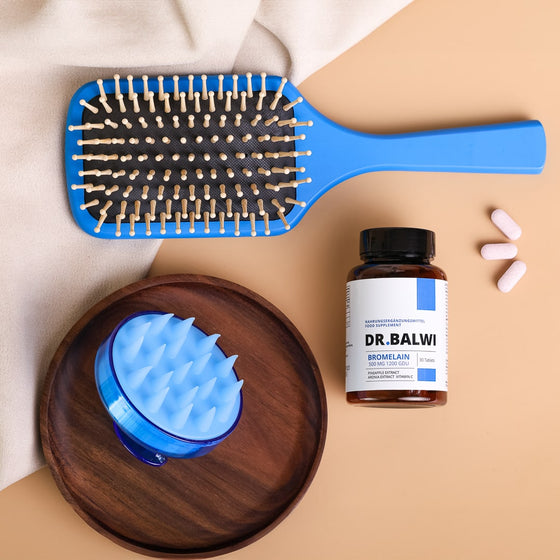
Our Promise
"We understand how important it is to make the right choices for your hair care. With our specially designed products, you get more than just solutions for hair loss—you invest in the health and strength of your hair. Trust our proven expertise and experience the difference high-quality care can make for your hair."





















